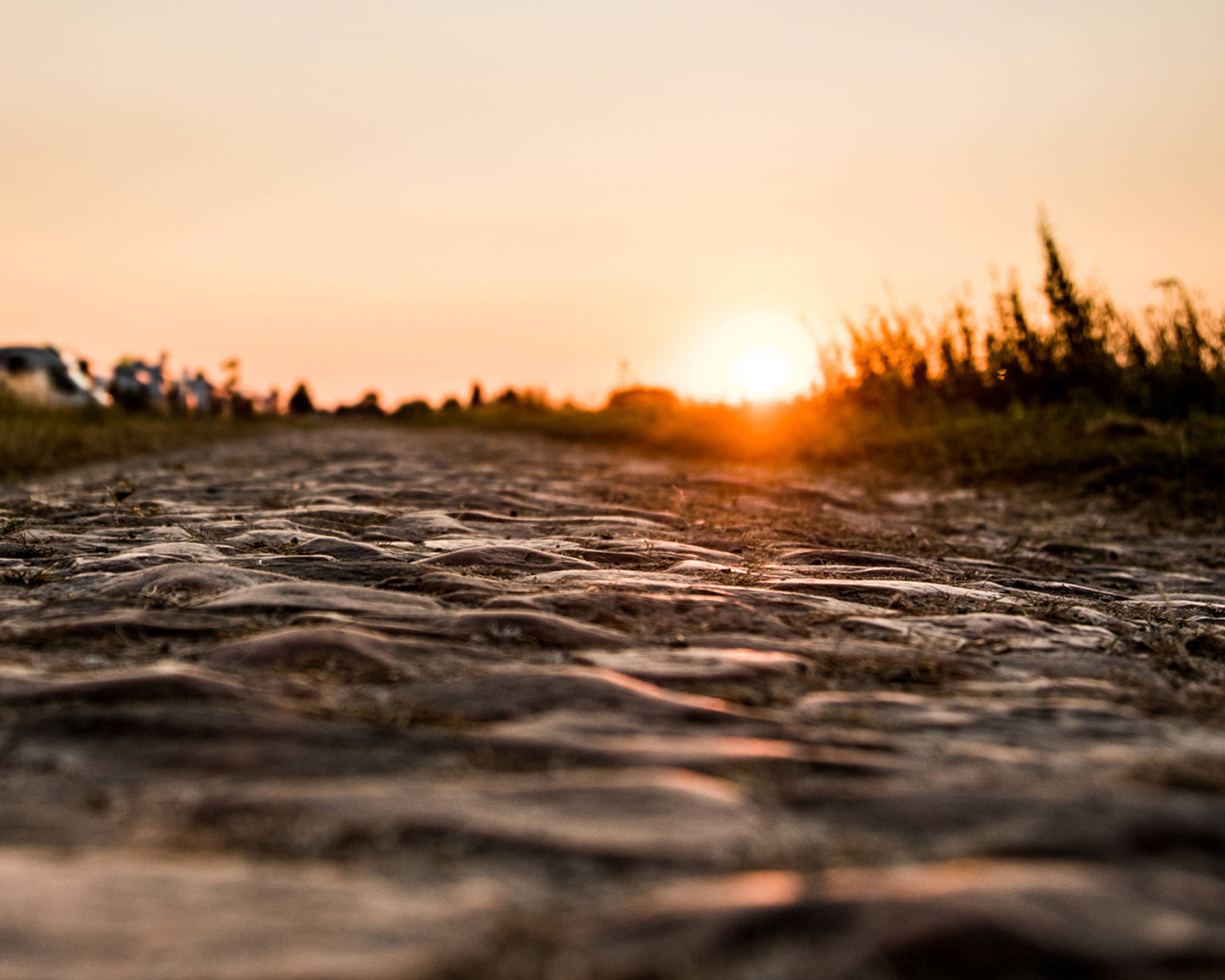Cycling’s third grand tour is underway. The Vuelta a España might not have the same prestige as the Tour de France or the Giro d’Italia. Its first edition was held decades after the French and Italian grand tours were founded and it was only raced occasionally during its early years. It was not until the 1980s and 1990s that Spaniards fully embraced the race, when riders like Pedro Delgado and Miguel Indurain won them over. Later champions, such as Roberto Heras, Alejandro Valverde, Samuel Sanchez, and Alberto Contador, continued their legacy. Now, the Vuelta is one of modern Spain’s greatest sporting events. Its maillot rojo is sought by cycling’s brightest stars. It’s often the most exciting of the three grand tours.
Last year’s duel between Primož Roglič and Richard Carapaz is a case in point. The two champions, who have both since won Olympic gold medals, traded blows day in and day out for three weeks, before Roglič managed to win by just 24 seconds.
The Vuelta’s race course always contributes to the drama. Spain may lack iconic climbs such as the Alpe d’Huez and the Stelvio that will always draw spectators, but the Vuelta’s designers have spent the past couple of decades seeking out the steepest mountain tracks in the country. The race is known for its explosive uphill finales and brutal cols.
Close to half of the stages of this year’s race are summit finishes. Short, steep ones, such as the Balcón de Alicante, where stage 7 finishes, favour puncheurs like Michael Matthews. Pure climbers such as Sepp Kuss will target the longer finales, like stage 17, which ends on the monster climb to the Lagos de Covadonga in the Picos de Europa. The next day’s uphill arrival on the Gaimoniteiru might be even harder. Its final concrete pitches reach up to 17%. If the general classification is at all close—and it is likely to be—the pure climbers will struggle to keep up with the overall contenders.
The race for the Maillot Rojo
Primož Roglič is the favourite. The Slovenian from Team Jumbo-Visma has won the past two editions and has a point to prove after the crash that took him out of the Tour de France earlier this year. His team is one of the strongest in the race. Robert Gesink, Steven Kruijswijk, Sepp Kuss, and Sam Oomen are there to support Roglič in the mountains. The INEOS Grenadiers are going to put up a fight though. Although Carapaz has returned to the race, Egan Bernal will captain the team. The Colombian is looking to add a Vuelta win to his previous victories at the Tour de France and Giro. If he can manage the feat, he will become the youngest rider to have won all three grand tours.
Other contenders for the general classification include Mikel Landa from Bahrain Victorious, Team DSM’s Romain Bardet, Bora-Hansgrohe’s Felix Großschartner, and Aleksandr Vlasov from Astana.
It is sure to be a hard-fought contest, which could even be decided on the last day’s time-trial. The 33.7-km test in Santiago de Compostela includes two difficult climbs as a final reckoning. The champion who takes home the maillot rojo will have to suffer to the end.
Meanwhile, smaller teams will look to light up the race. There are not very many opportunities for sprinters—especially now that Deceunink-Quickstep’s Fabio Jakobsen is back from injury and close to his best—so they will have to go in breakaways to get results. The Basque squad Euskaltel-Euskadi has returned to the Vuelta and is sure to do some swashbuckling attacks. Expect to see their familiar orange jerseys launching up the road in the high mountains. Riders from Caja-Rural and Burgos-BH will try their luck with them, as will the riders who still need to prove themselves in a big race this year.
If their luck runs out and they crash, get a flat tyre, or break their bikes, Shimano will be there to help them. That goes for the whole peloton. Shimano’s blue neutral support vehicles have been fixtures at the Vuelta a España for over twenty years. Our mechanics have got countless riders back on the road during their most desperate moments. Shimano now provides neutral support at the Tour de France and the Giro d’Italia too, but Spain’s Vuelta is close to our heart.
.png)
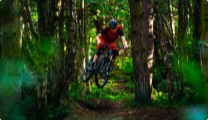
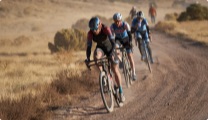
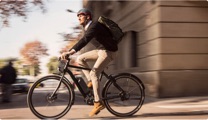
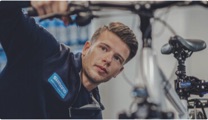
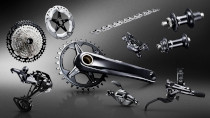
.jpg)
